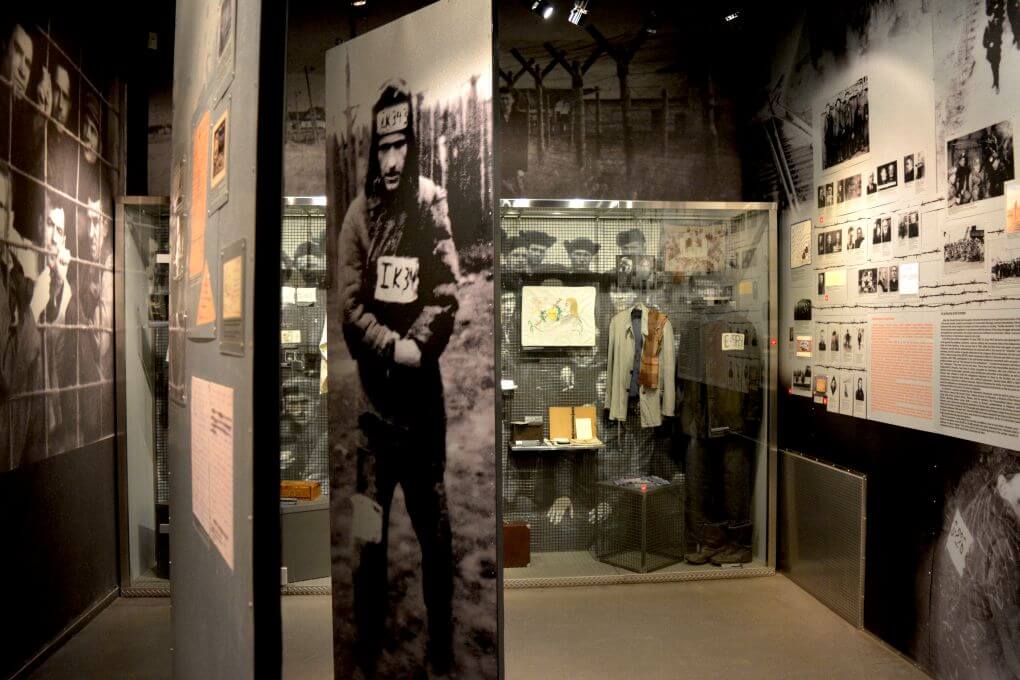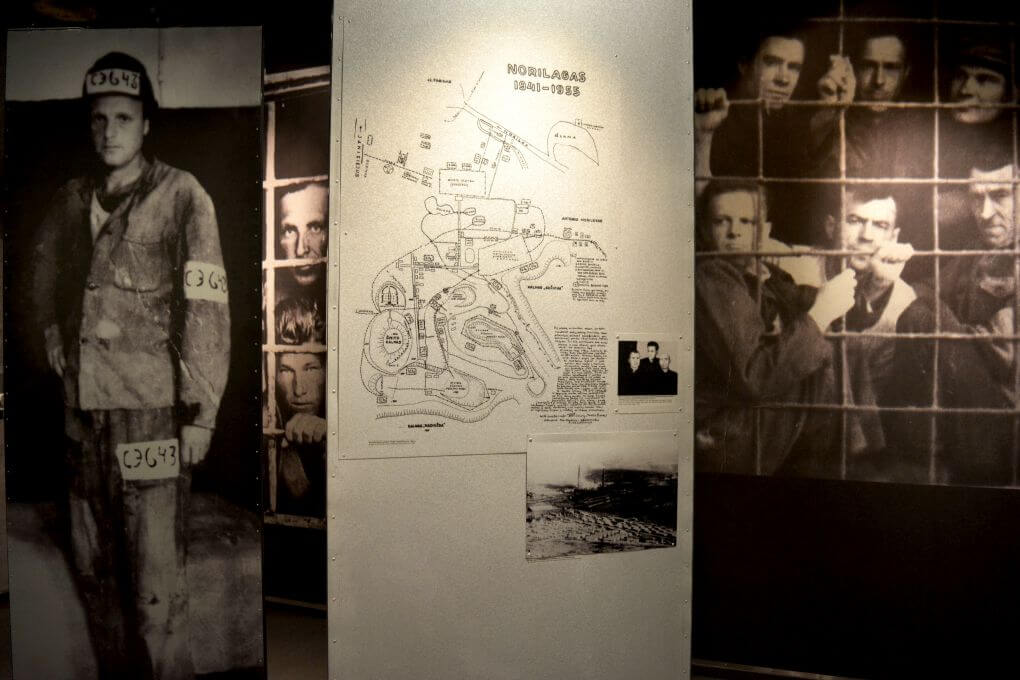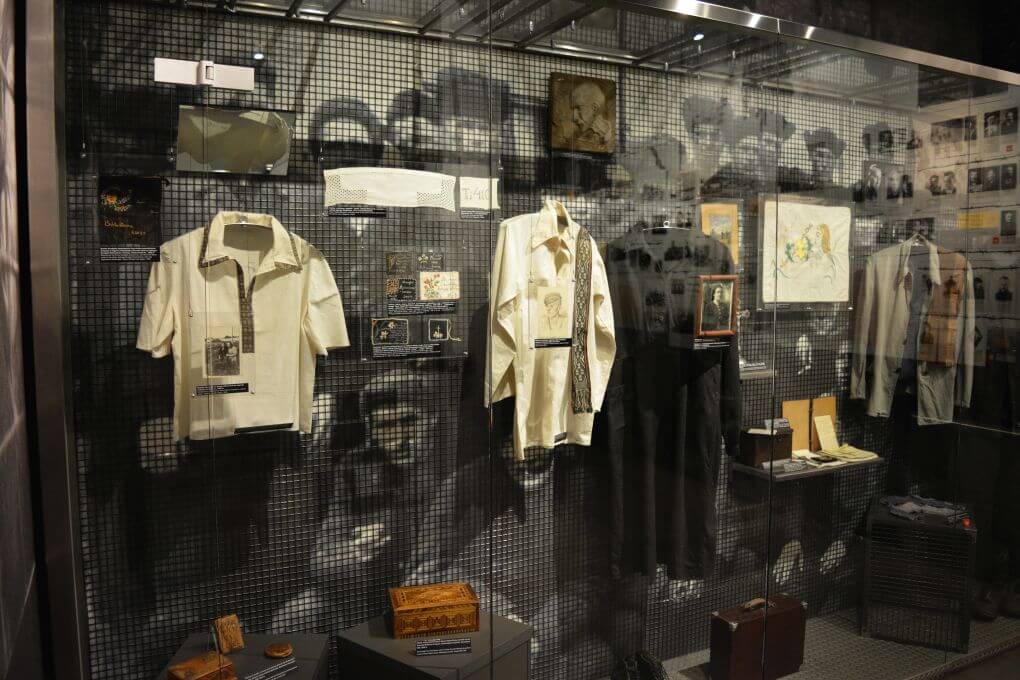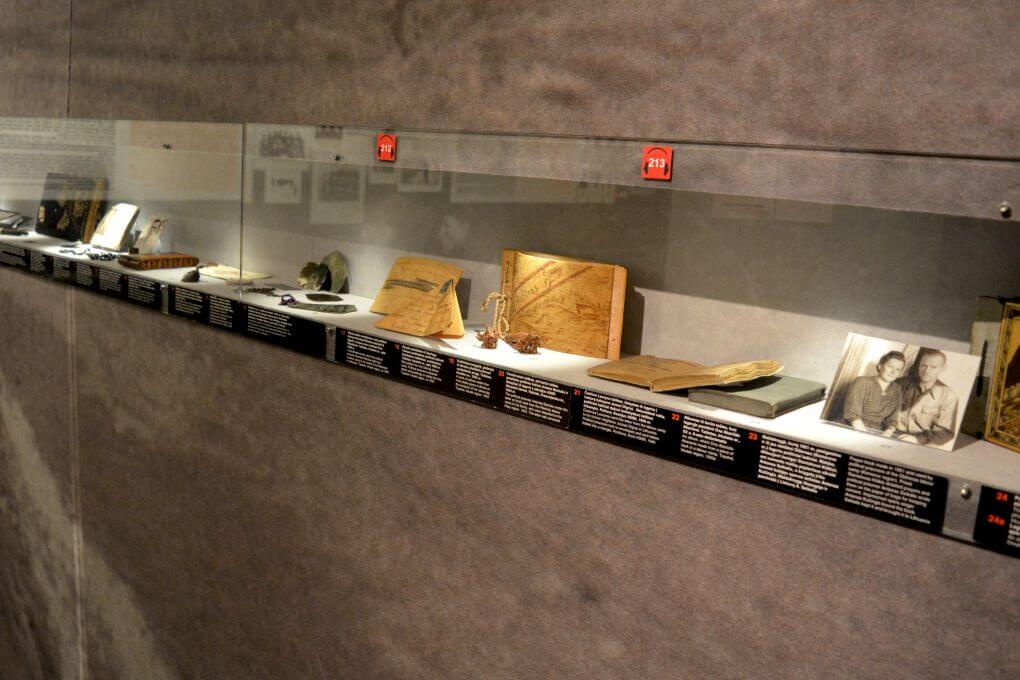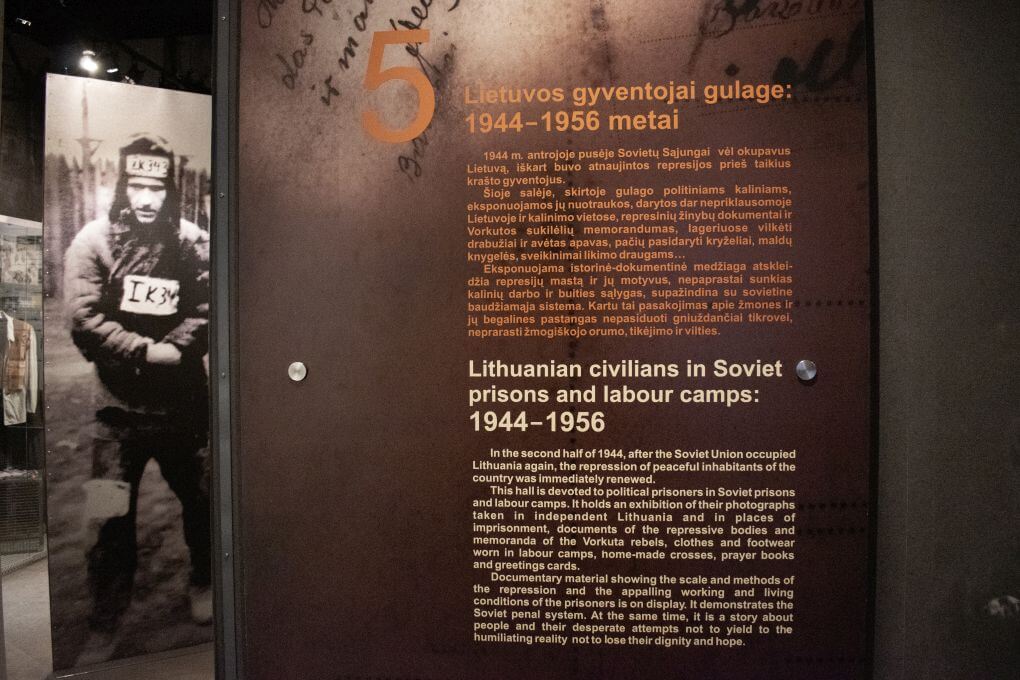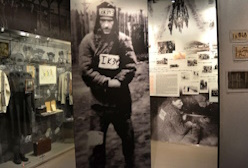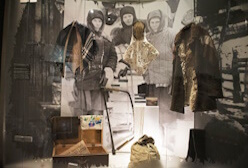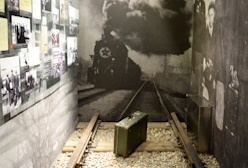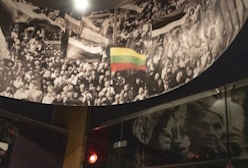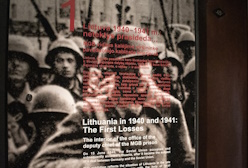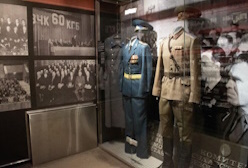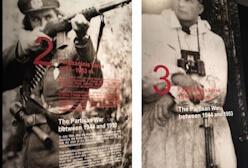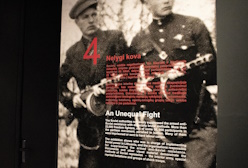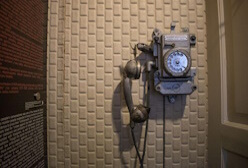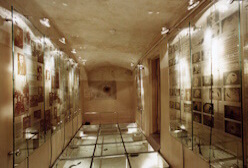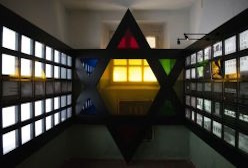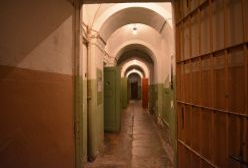Lithuanian residents in the Gulag: 1944–1956
Pupils, students and pensioners (with ID) – 3 €.
Main Information
When the Soviet Union reoccupied Lithuania in the second half of 1944, repressions against the peaceful population of the country immediately resumed.
The exhibition dedicated to the political prisoners of the Gulag includes photographs taken in independent Lithuania and in places of imprisonment, documents of the repressive agencies and the memorandum of the insurgents of Vorkuta, clothes and shoes worn in gulags, crosses made by prisoners themselves, prayer books and greetings to their friends sharing the same fate.
The historical documentary material on display reveals the scale of the repressions and their motives, the extremely difficult working and living conditions of the prisoners, and the Soviet penal system. At the same time, it tells the story of the people and their endless efforts not to succumb to the crushing reality, not to lose their human dignity, faith, and hope.
In prisons and gulags
During the first occupation (15 June 1940 – 22 June 1941), the terror of the Soviet government was primarily directed against the political, scientific, cultural, military, and economic elite of the independent state, as well as their families.
In the second half of 1944, when the Red Army reoccupied Lithuania and the Soviet administration returned with it, the search for the “enemy” resumed, and the number of people categorised as such did not decrease. Not only participants in the anti-Soviet resistance could be accused of political crimes such as “betrayal of the Fatherland”, “counter-revolutionary activities”, “harmful activities”, but also people who had held high-ranking posts in independent Lithuania, who had lived in the territory occupied by Germany, who had spoken unfavourably of the policy of the Soviet authorities, farmers who had failed to fulfil their obligations, officials who were negligent in the performance of their duties and so on. Special courts, such as the MVD or the MGB special meetings or military tribunals, without following any of the procedures required in a normal state, usually sentenced defendants to 5, 10 or 25 years in prison.
In Lithuania, a person arrested by the repressive agencies could be sent to any prison, gulag, or colony in the Soviet Union. Between 20,000 and 25,000 people deported from Lithuania died in prisons and forced labour camps from hard labour, disease, malnourishment, or hunger.
Special regime forced labour camps
The number of political prisoners in the Gulag forced labour camps was increasing, including the so-called “extremely dangerous” ones, who were sentenced to the maximum penalty of 25 years in prison or in a gulag. In accordance with a resolution of the USSR Council of Ministers of 21 February 1948, special regime gulags were set up to imprison such “dangerous state criminals”. Gradually (until 1952), twelve such gulags were set up, each with a capacity of between 5,000 and 35,000 prisoners. The security of these camps was reinforced, and the internal regime tightened. The gulag labour camps were surrounded by triple wire barriers, with armed guard posts densely stationed around them. At night, the barracks were locked, and their windows were covered with bars. Prisoners in the special regime gulags were required to wear special clothes bearing their personal numbers. They were escorted to work by soldiers armed with machine guns and were subjected to regular checks in the living area and at work. Prisoners in these gulags did the hardest, most back-breaking work, receiving a meagre ration.
Uprisings and strikes in special regime forced labour camps
Between 1953 and 1955, a wave of strikes and uprisings swept through the special regime gulags. Although there had been unrest in the camps before, this wave was notable for its organisation, scale, and the concreteness of its demands. Among the most active organisers of the strikes were Lithuanians. The uprisings were brutally suppressed, but the authorities were forced to consider the prisoners’ demands, starting with the revision of prisoners’ files, the abolition of prisoner numbering, the removal of bars and locks from barrack windows and doors, the shortening of the working day, etc. The exhibition includes a memorandum of the Vorkuta rebels and photographs of Lithuanian political prisoners who took part in the uprising.
Massive resistance by political prisoners hastened the collapse of the special regime system of Gulag labour camps: the special regime in the camps was abolished in 1954.
Exposition Location
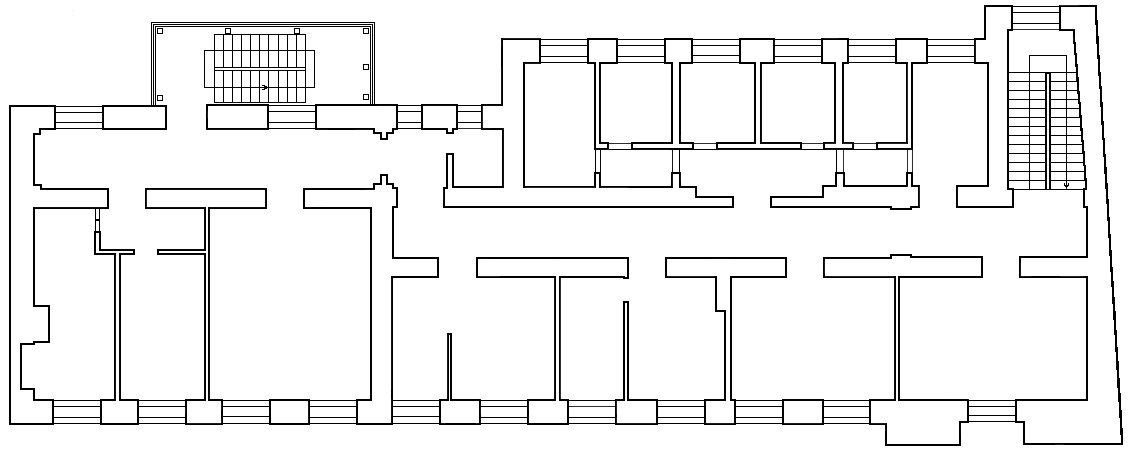
Exposition „Lithuanian residents in the Gulag: 1944–1956“
Location: Second floor



